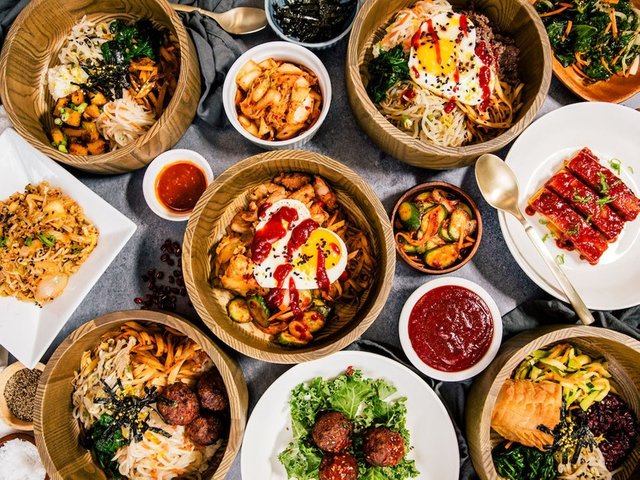
Korean cooking offers a different scope of flavors, surfaces, and fragrances, making it a pleasure for food fans around the world. One of its most notable dishes is kimchi, a matured vegetable dish commonly made with cabbage and radishes, prepared with bean stew peppers, garlic, ginger, and salt. Kimchi isn't just delightful yet additionally plentiful in probiotics and nutrients.
Bulgogi, meagerly cut marinated hamburger or pork, is another adored Korean dish. The meat is regularly marinated in a combination of soy sauce, sugar, sesame oil, garlic, and pepper, then, at that point, barbecued or sautéed flawlessly. Its exquisite sweet flavor makes it a #1 among local people and guests the same.
Bibimbap, signifying "blended rice," is a brilliant and nutritious dish comprising of rice finished off with different sautéed and prepared vegetables, cut meat, a broiled egg, and zesty gochujang (red stew glue). It's an amicable mix of flavors and surfaces.
Japchae, pan-seared glass noodles produced using yam starch, blended in with vegetables, meat, and prepared with soy sauce and sesame oil, is one more famous Korean dish known for its delightful chewiness and exquisite sweet taste.
At last, Korean BBQ is a must-attempt insight, where cafes barbecue various meats, like hamburger, pork, and chicken, right at their table. The meats are much of the time joined by a variety of side dishes (banchan) like kimchi, cured radishes, and lettuce leaves for wrapping. Korean food's lively flavors and collective feasting customs make it a remarkable culinary experience.